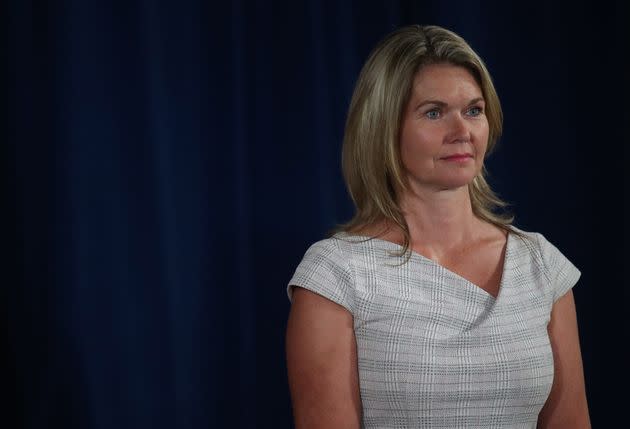Ontario’s Plan To End Contentious ‘Birth Alerts’ Is Just A Start, Experts Say

Ontario is putting an end to the use of “birth alerts,” the practice of children’s aid societies alerting a hospital if they believe a newborn baby may need protection, by October.
The province says the alerts disproportionately impact Indigenous and racialized families.
Birth alerts are not legislated in Ontario, the province said in a news release, and have been used “inconsistently” by children’s aid societies. The province’s new approach will include collaboration from families, community partners and service providers to “ensure more families stay together.”
Manitoba ended the practice of issuing birth alerts earlier this year, while British Columbia moved to ban them in September 2019.
WATCH: Provinces, money remain as barriers to new Indigenous child welfare systems. Story continues below.
Through consultations with children’s aid societies, children and foster families over the past year, “[We] just really heard from those people that we need to build a system that really focused on prevention and early intervention in keeping families together,” Jill Dunlop, Ontario’s Associate Minister of Women and Children’s Issues, told HuffPost Canada.
“We know that birth alerts do the exact opposite, so we want families to be able to be part of the conversation, the discussion, about the supports that are available to them.”
The new approach will see children’s aid societies and hospitals working together with families to create pre- and post-natal supports like birth planning services or referrals to community resources.
“When women are concerned that there may be a birth alert against them, they’re not seeking the supports that they need, the pre- and post-natal [care], the medical support, because they feared having their child removed from them,” Dunlop said. “So we want this to be a system where they have a voice in this, they are part of the plan.”
Data from the past 12 months shows that 442 children were removed...


